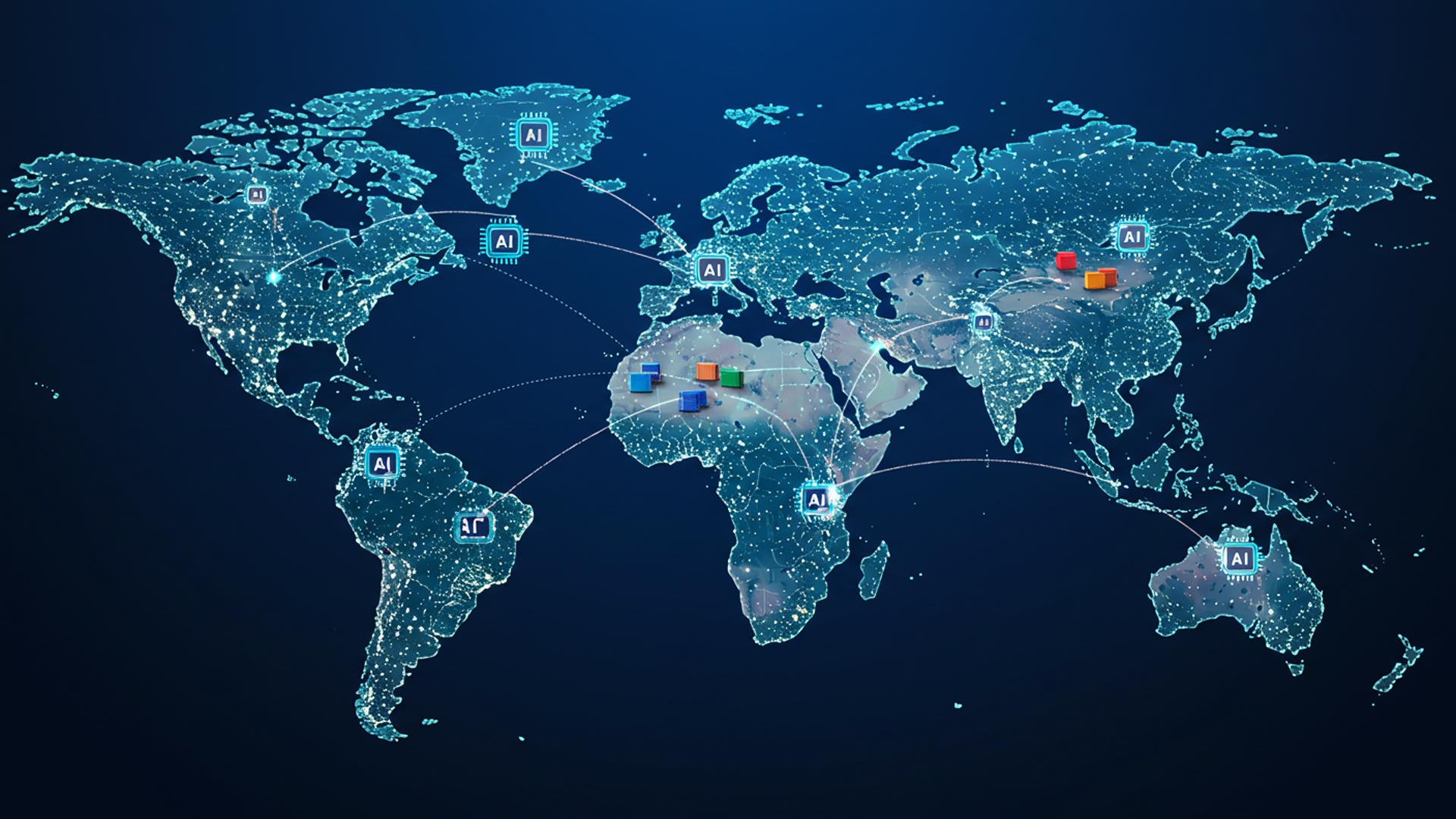The world of global trade is evolving faster than ever. With the rise of innovative technologies, the logistics industry is witnessing a revolution in how goods are moved, tracked, and delivered. From artificial intelligence (AI) to blockchain and automation, technology is playing a central role in making global trade smarter, faster, and more transparent.
1. Automation: Speed and Accuracy at Scale
One of the most visible impacts of technology in global logistics is automation. Automated warehouses, robotic arms, and self-driving vehicles are cutting down processing times and reducing human errors.
- Automated inventory management ensures accurate stock control.
- Smart sorting systems speed up parcel handling in major logistics hubs.
- Drones and autonomous delivery vehicles are already being tested for last-mile delivery solutions.
These innovations result in lower operational costs and faster delivery times, crucial for staying competitive in today’s trade market.
2. Artificial Intelligence: Smarter Supply Chains
AI in global trade is unlocking a new level of efficiency. Machine learning algorithms analyze vast amounts of data to forecast demand, optimize routes, and detect potential disruptions.
- Predictive analytics help companies prepare for seasonal demand fluctuations.
- AI-based route planning reduces fuel consumption and improves delivery accuracy.
- Chatbots and virtual assistants improve customer experience in tracking and service queries.
By harnessing AI, companies can create more resilient and responsive supply chains.
3. Blockchain: Transparency and Trust
In global trade, where multiple parties are involved across borders, trust and transparency are essential. This is where blockchain technology shines.
- Blockchain enables tamper-proof digital records of transactions and shipping details.
- It reduces paperwork, improves compliance, and speeds up customs clearance.
- Smart contracts automate payment upon successful delivery, reducing delays and disputes.
Major shipping firms and customs authorities are already piloting blockchain systems to reduce fraud and increase accountability.
4. Real-Time Tracking and IoT Integration
The Internet of Things (IoT) is changing the way goods are monitored across continents.
- Smart sensors track temperature, humidity, and location for sensitive goods like food or medicine.
- IoT-connected fleets allow real-time monitoring of cargo, enabling proactive decisions.
- Clients receive up-to-date insights into the journey of their shipments—boosting trust.
This level of visibility was once a luxury; now it’s quickly becoming a standard in modern logistics.
5. Sustainability Through Smart Solutions
Global trade is also under pressure to reduce its carbon footprint. Technology is key to achieving sustainability goals:
- Route optimization software reduces fuel usage.
- Data-driven decisions minimize waste in packaging and transport.
- Automation lowers energy usage in warehouses.
As environmental regulations tighten, integrating smart logistics solutions helps companies remain eco-friendly and compliant.
Conclusion: Embracing the Future of Trade
Global trade technology is no longer a futuristic concept—it’s today’s competitive edge. Companies that embrace innovation will not only cut costs and improve efficiency, but also gain the transparency, speed, and sustainability that today’s markets demand.
At Loop Trade, we stay ahead of the curve by integrating the latest logistics technologies to serve our partners with precision and reliability. Whether it’s AI-driven insights or blockchain-based tracking, we’re here to transform how your business trades across borders.
✅ Ready to upgrade your trade operations?
Contact Loop Trade today and let’s build the future of logistics—together.
Toll Free Customer Care
(+90) 533 073 22 36
Have a question?


Hi, this is a comment.
To get started with moderating, editing, and deleting comments, please visit the Comments screen in the dashboard.
Commenter avatars come from Gravatar.